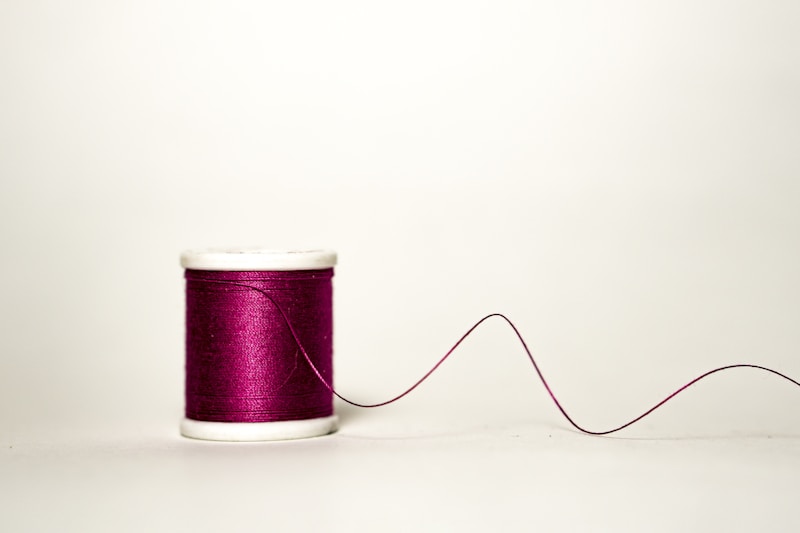Lining Adjustments for Comfort and Style: Enhancing Your Wardrobe
In the world of fashion and personal style, lining adjustments are an often-overlooked aspect that can significantly affect the comfort and overall look of your garments. Whether you are a fashion enthusiast or someone simply looking to improve your wardrobe, understanding lining adjustments can take your style game to the next level. This article delves into the importance of lining adjustments, how they can enhance comfort and style, and tips for making these adjustments effectively.
What Are Lining Adjustments?
Lining, in the context of clothing, refers to a layer of fabric sewn into the interior of a garment. Its primary purpose is to enhance comfort and provide a finished appearance. However, making adjustments to this lining can significantly influence how a garment fits and feels. Lining adjustments may include altering the fit, changing the material for breathability, adding weight for drape, or simply updating the lining fabric to freshen up an older piece.
Why Are Lining Adjustments Important?
Lining adjustments are essential for several reasons:
- Enhanced Comfort: A well-adjusted lining ensures that garments fit well and feel good against the skin.
- Improved Fit: Adjustments can compensate for changes in body shape or size over time, allowing garments to continue looking their best.
- Timeless Style: Updating the lining can alter the appearance of a garment, keeping it fashionable and aligned with current trends.
- Durability: A properly lined garment can last longer, as the lining protects the outer fabric from wear and tear.
Common Issues That Require Lining Adjustments
Various factors can lead to the need for lining adjustments. Below are some common issues:
| Issue | Description | Suggested Adjustments |
| Shifting Lining | The lining moves out of place, causing discomfort. | Reattach the lining securely to prevent shifting. |
| Puckering | Excess lining fabric creates unsightly wrinkles. | Select a lighter lining or reduce the excess fabric. |
| Uneven Hem | The hem of the lining is not level with the garment. | Even out the hem by trimming or re-sewing. |
| Temperature Imbalance | Heavy lining can make a garment too warm. | Replace with a breathable, lightweight fabric. |
How to Make Lining Adjustments
Making lining adjustments requires careful consideration and some sewing skills. Here’s a step-by-step guide:
1. Assess Your Garment
Before making any adjustments, examine your garment closely. Try it on to identify where the lining is causing discomfort or aesthetic issues. Take note of specific areas such as the shoulders, sides, and hem.
2. Choose the Right Fabric
When altering the lining, selecting the appropriate fabric is crucial for comfort and style. For example, consider using:
Satin or Silk: For lightweight, formal garments.
Cotton: For casual, breathable options.
Polyester: For durable, versatile garments.
3. Gather Your Tools
Prepare the necessary tools, which may include:
Tailoring scissors,
Sewing machine,
Thread,
Measuring tape,
Pins, and
iron for pressing.
4. Make the Adjustments
Carefully make your adjustments. For example, if you are adjusting the hem, measure accurately and trim evenly. Pin the lining in place and sew it down securely.
5. Final Touches
Once the adjustments are made, press the garment with an iron to remove any wrinkles. Ensure the lining behaves well within the garment and doesn't shift or pucker.
Professional Help: When to Seek a Tailor
While some lining adjustments can be done at home, others may require professional expertise. If you feel uneasy about a specific adjustment, or if the garment is particularly valuable, consider consulting a tailor. A skilled tailor can provide precision adjustments that enhance both the comfort and style of your wardrobe.
Maintaining Your Garments After Adjustments
After making lining adjustments, it’s vital to maintain your garments properly. Here are some tips:
- Follow Care Instructions: Always adhere to the care label, especially after alterations.
- Storage: Store garments in a cool, dry place to avoid damage.
- Regular Inspections: Periodically check for any signs of wear and tear, adjusting as necessary.
Conclusion: The Final Stitch on Lining Adjustments for Comfort and Style
In conclusion, lining adjustments play a crucial role in enhancing the comfort and style of your clothing. Whether you opt for DIY alterations or professional help, investing time and effort into these adjustments can significantly elevate your wardrobe. Remember, clothes that fit well not only look better but also boost your confidence. As you embark on your journey of lining adjustments, consider these tips, and always prioritize comfort alongside style. Happy sewing!
